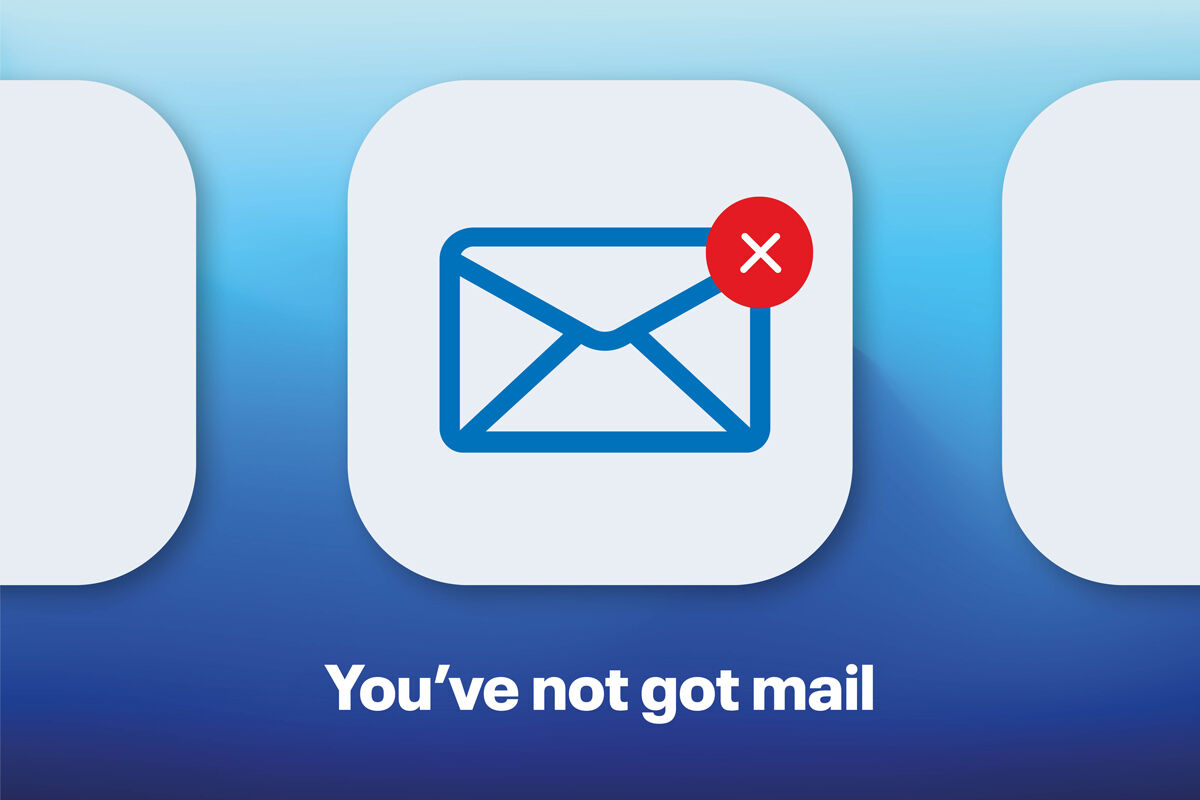Dr David Turner is a GP in Hertfordshire
Key points
- Ideally, notes should be written in layperson’s terms, which includes avoiding jargon, abbreviations and acronyms
- A compromise would be to keep jargon and abbreviations to a minimum and provide glossaries for patients via the practice website
- Beware that some terms familiar to clinicians could be misinterpreted by patients – such as ‘deranged’, ‘offensive’ and ‘frail’
- Avoid making personal comments about patients in their notes whenever possible
- When patients are rude, abusive or threatening, document this objectively and factually without your emotional reaction or interpretation; consider quoting exactly what a patient said
- Consider carefully when to redact notes or block access
As part of the GP contract, NHS England told practices they must offer automatic access to patient records via the NHS app by 31 October 2023.
Patients were initially set to be given this access from 1 November last year, but NHS England was forced to abandon its plans because of concerns about data safeguarding.
Now, though, there are 1,400 practices offering access, which means that around 6.5 million patients are able to see their future notes unless they decide to opt out or any exceptions apply.
The rollout of this service has caused anxiety for many GPs. The main concern is that access will increase workload, from managing and monitoring access, to writing notes that are free of jargon. Other concerns include having to explain notes and responding to requests for details to be altered.
There are advantages to patients having this access, though. If patients have more ways to manage their own health, this could, in the long run, help free up GP time.
Here are points to consider when writing notes that patients might view.
1 Use simple, jargon-free language
Notes should ideally be written in layperson’s terms, which includes avoiding jargon, abbreviations and acronyms.
As an example, let’s consider a typical entry after a patient has presented with a urine infection. ‘Patient presented with 2/7 hx of lower abdo pain. Frequency of p.u. and some dysuria. o/e urinalysis blood+, nitrite, leu++ imp uti. rx 7/7 nitrofurantoin. r/v if no improvement after course of abx. Urine sent for m, c and s.’
This shorthand is comprehensible to doctors but not necessarily to patients. It could be rewritten in longhand. ‘Patient presented with a two-day history of lower abdominal pain, frequency of passing urine and some burning pain on voiding. Urine dip test revealed: nitrite+, leucocytes++ and blood +. Treatment: seven-day course of nitrofurantoin. Review if no improvement after antibiotic course. Urine to be sent to the hospital for microscopy, culture and sensitivity.’
While it is impossible to avoid all medical terminology, writing in longhand means patients can look up the words.
As this change could be time-consuming, try typing abbreviations into the clinical coding problem bar in the patient notes. Typing UTI, LRTI and abdo will bring up the full versions: urinary tract infection, lower respiratory tract infection and abdominal pain.
Click here to read the full article and download your certificate logging 1 CPD hour towards revalidation
Not a Pulse365 member? Click here to join and gain access to over 400 CPD modules
















